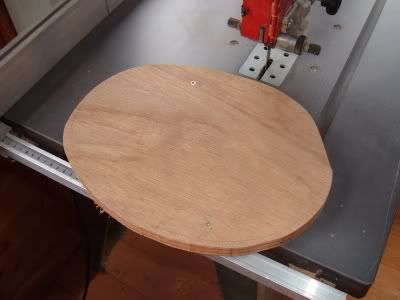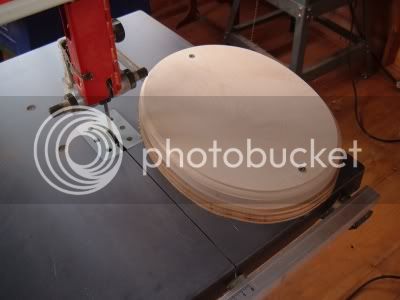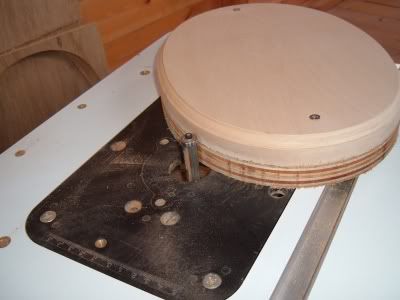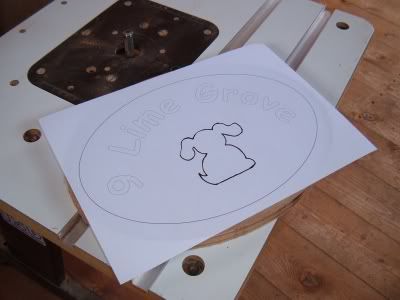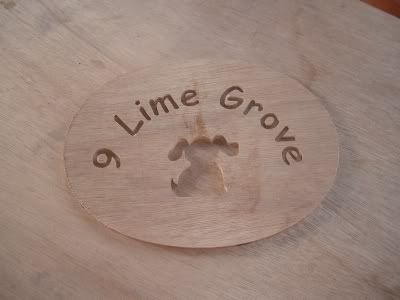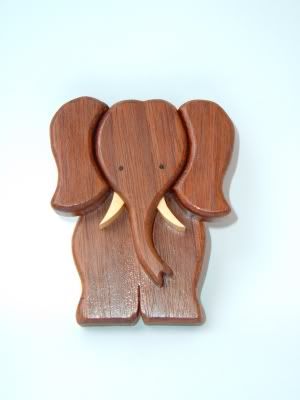Hi Amilford
No, I haven't lined the workshop yet. The workshop has taken a bit of a back seat lately because of problems getting the electrics installed. I had been relying on one of my other half's colleagues to do this, but he's made it clear that he doesn't want to do the job

. So we've been ringing round local electricians, only to find that they all have answerphones and only one has returned our calls. He looked over the job and gave us a quote of more than £1,000. I checked his prices against the Screwfix catalogue and found he would be charging us more than 3 times their price for each of the components he used!
My other half mentioned this to another of his work mates and learned that he has two nephews who are electricians and would probably be interested in the job. So we're waiting to see what happens next. Once the electrics are installed, then we'll look at insulating and cladding the workshop. I like the sound of using sterling board (especially from an economic point of view

) so I'll probably give it a bash. Thanks for the suggestion.
It's probably a good thing that I didn't insulate and clad the walls immediately after construction because there was water ingress on the end gable wall when we had heavy rain last week. I telephoned Tudors and they sent someone round to fix it promptly. The leak had arisen where two panels had been butt joined. Normally, these panels would have been one piece but access to our garden is so restricted that the panel had to be constructed as separate pieces in order to fit through our garden gate. Tudors have sealed the leak and fastened a piece of timber over the top of the join to cap it; let's hope that does the trick.
Unfortunately, I don't think I'll have much time for woodwork over the next couple of weeks due to other commitments

. Not that things have been going well in any case. I sanded the blotchy varnish off the house sign I've been working on (the embarrassing photograph is elsewhere on a different thread) only to start respraying and find the paint ran out. As a result, such paint as came out has spattered the work and needs sanding off again. So I hiked into town to our local 'shed' (Focus) only to find that they don't stock white gloss aerosol paint suitable for external uses. What sort of DIY shop is that :x ?
However, on the positive side I had a good time with a girl friend who came to stay the weekend. There was a Fleetwood Mac tribute band playing locally that she likes (Rumours of Fleetwood Mac) so we had a night out. It was great going for a spin in her new open top BMW roadster - it felt like we were travelling at about 40 mph at one stage but when I looked at the speedo she was actually doing the ton. Then she changed up into 4th gear. Wow - that was fun

8) ! Anyway, she had a look at some of my woodwork and reckons I'm good enough to turn professional. We had a long chat about our futures (I'm helping her plan a business project) and she reckons she has contacts that could give me an 'in' into the corporate world. We'll have to see what happens, but in the meantime it's nice to dream.
Gill





